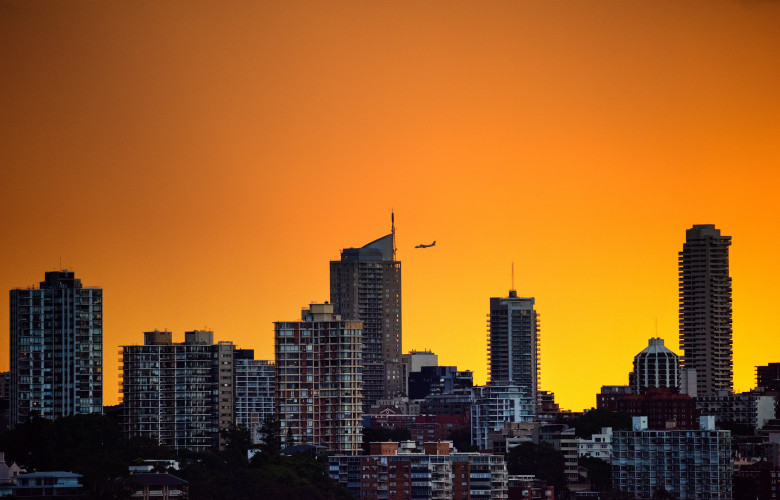John McGrath – Returning migrants and international students will ramp up inner city market demand
Contact
John McGrath – Returning migrants and international students will ramp up inner city market demand
According to John McGrath Chief Executive Officer of McGrath Estate Agents, returning migrants and international students are already boosting the rental market.
Following our international border reopening, returning migrants and international students are already boosting the rental market, particularly in Sydney and Melbourne’s inner cities where demand for apartment rentals is rising substantially for the first time since the pandemic began.
According to PropTrak, the research arm of realestate.com.au, there is strong evidence of increasing demand and rising rents in CBD precincts such as Melbourne Inner and Sydney City and Inner South, both of which have strong established migrant communities.
Inner city rental values fell heavily due to the absence of new migrants during the pandemic. PropTrak data shows that over the past two years, the median weekly rent for a Melbourne CBD apartment has fallen by almost 30%. In Sydney, CBD apartment rents have fallen 13%.
Now, the slack in these markets is being absorbed as migrants return. PropTrak data shows search volumes from overseas for inner city rental apartments in Sydney and Melbourne on REA have also recovered to pre-pandemic levels.
Historically, Sydney and Melbourne are where 75% of Australia’s migrants settle (based on FY19 data), so with the international border reopened for almost two months now, it’s no surprise that a spike in migrant demand is occurring in these particular cities.
There are three major cohorts of overseas migrants that have an impact on the property market – skilled workers, international students and returning ex-pats (who are classified as migrants by the Australian Bureau of Statistics).
Latest figures from the ABS shows 28,000 international students arrived in Australia in January compared to 360 in January 2021. Joining them were almost 15,000 expats, 8,000 permanent migrants, and thousands more workers on varying types of work visa.
The inner cities are very popular with migrant workers and students due to the volume of jobs available and because that’s where many of Australia’s best universities are located.
The return of migrants will play a big role in reviving the hustle and bustle of our two big international cities. In addition, many companies are asking staff to return to the corporate office – at least a few days per week – and universities are resuming in-person lectures.
Sure to follow will be major recreational activities like sporting events, festivals and so on. Tourists will visit again. Bars, cafes and restaurants will reopen. The buzz will be back.
All of this is likely to make inner city apartment living attractive again. The impact will be first seen in the rental market, with the sales market to follow as both domestic and international investors and local owner occupiers seek to take advantage of softer values.
Net overseas migration over FY22-FY24 is expected to be close to half a million people, according to Federal Budget papers. In the property market, that is going to translate into steady, ongoing demand from migrants and students for rental apartments in our major cities, along with boosted demand for prestige property from returning ex-pats.
COVID has reinforced for many the benefits of living Down Under and also made many people re-prioritise their health and family over other things.
Expats typically go overseas to earn high incomes in countries with more favourable tax rates. We can expect the wealth they will be returning with to be funnelled into the premium property market.
We are also seeing foreign investors returning to the new apartment market.
Historically, most overseas investment finds its way into the Sydney and Melbourne markets, but following the Brisbane Olympics announcement, I suspect South-East Queensland will also be a strong recipient.
Australia has one of the highest double-dose vaccination rates in the world, so our country is seen as a safe place to be. This makes us perfectly positioned to welcome hundreds of thousands of new migrants and returning residents to our shores over the next few years.
The views expressed in this article are an opinion only and readers should rely on their independent advice in relation to such matters.
For more information including articles, checklists, guides and more visit McGrath’s Insights Centre.
Similar to this:
John McGrath – What we should do about housing affordability
John McGrath – How COVID-19 changed the market
John McGrath – Survey shows women prefer apartments in blue-chip areas





